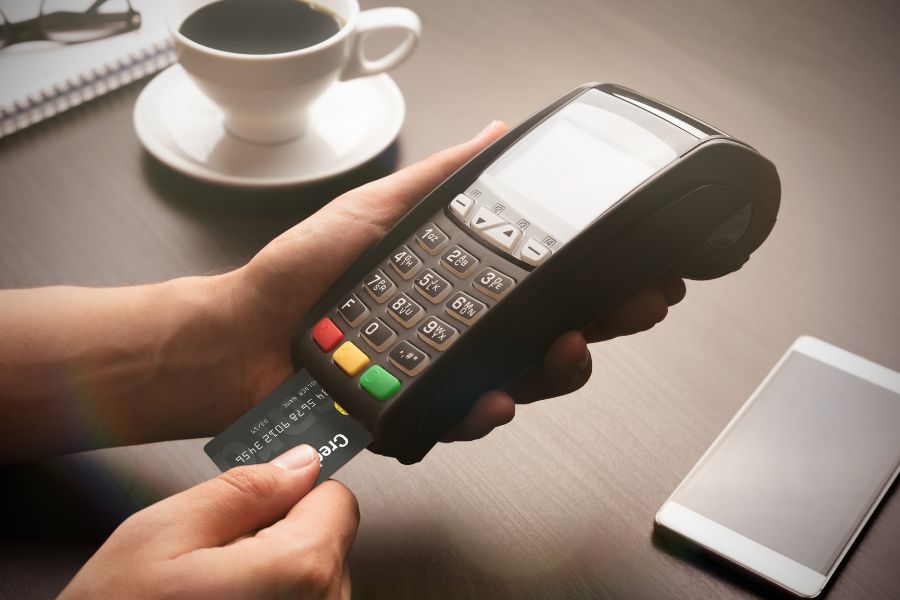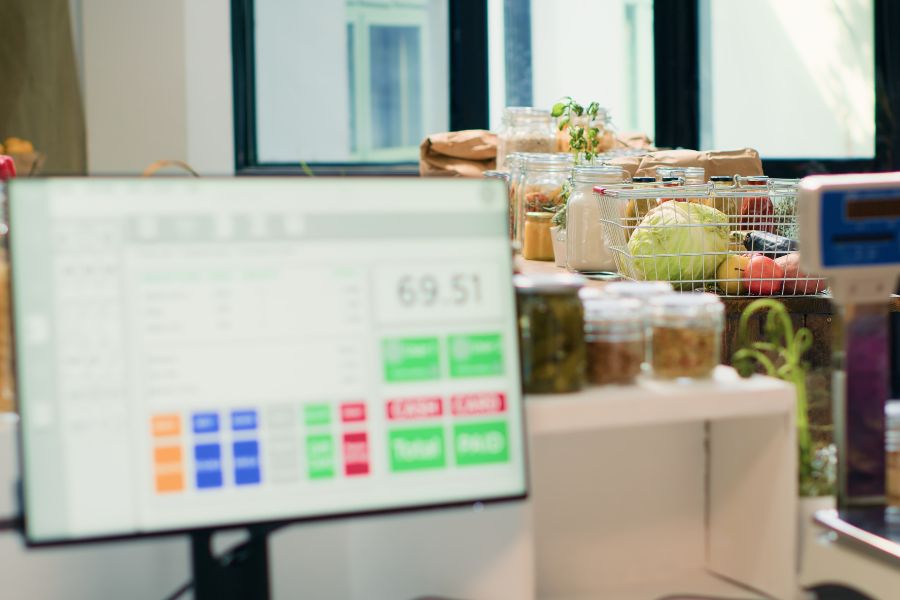Handheld Point of Sale (POS) terminals have emerged as a revolutionary solution, enabling businesses to conduct transactions anytime, anywhere. Whether you’re a small business owner, a service provider, or a retailer, understanding the basics of handheld POS terminals can empower you to take your business to new heights.
This beginner’s guide will introduce you to the world of handheld POS terminals, explaining their functionalities, benefits, and how they can transform the way you conduct transactions on the go. So let’s dive in and discover the incredible potential of these portable payment devices.
What is a Handheld POS Terminal?
POS terminals are hardware devices designed to facilitate the processing of credit and debit card payments. Equipped with built-in POS software, these terminals are capable of reading the magnetic stripe or chip of the cards used by customers for making payments. POS terminals come in various types, each offering different functions and features.
Functioning as a computer, a handheld POS terminal’s primary purpose is to read, identify, and process customer card data. Using a card reader, these terminals scan the magnetic stripe on a credit or debit card, verifying the availability of funds in the associated bank account. Once the transaction is authorized, the funds are transferred from the customer’s account to the merchant’s account. Upon completion of the transaction, the terminal can generate a printed receipt or send a confirmation message via email or SMS to the customer.
All-in-one POS terminals store essential payment details such as the customer’s account number, transaction date, and purchase amount. This data can be leveraged to generate various business-specific reports for different operational purposes.
POS terminals are capable of processing card payments through three methods: reading magnetic stripes when cards are swiped, reading microchips when cards are inserted, and reading EMV chip cards (EMV meaning Europay Mastercard and Visa) when cards are tapped (using NFC – Near Field Communication) for processing.
Key Features and Components of Handheld POS Terminals
User accounts management
Handheld POS terminals enable the creation of individual user accounts for each employee. This allows for efficient tracking of their sales performance and ensures password protection for each account. Additionally, you should consider whether you want to implement a requirement for employees to log in each time they make a sale.
In most cases, businesses have multiple individuals managing their registers, unless it’s a one-person operation. By utilizing this feature, you can establish sales targets and easily identify any potential dishonesty among employees.
Business reports production
Handheld POS systems come equipped with analytical tools that facilitate the generation of pre-made reports covering sales, customer data, and staff information. You have the option to choose whether to present the ready-made reports as they are or create customized combinations of reports.
As a business owner, it is crucial to ensure convenience, and deploying a flexible mPOS (mobile POS) system for reporting is essential. Some additional reports that you can create utilizing the database provided by your mPOS system are customer reports, inventory reports, staff reports, etc.
Compatible with offline mode
Having a mobile POS system with offline capability is an essential asset for restaurants. It provides a reliable solution that allows you to continue processing payments and capturing customer data, even during internet outages. This means that even if the connection is temporarily lost, you can still carry on with your business operations seamlessly.
In addition, the transactions and data captured during offline mode will be securely stored within the system and automatically synchronized once the internet connection is restored.
Flexible payment options
When selecting a handheld POS terminal system, it is important to choose one that provides seamless payment options. While cash payments may still be favored by some customers, mobile and EMV (chip and PIN) payments are rapidly gaining popularity.
The inclusion of EMV payment capability has become crucial for restaurants. Accepting EMV credit cards is now the norm for most restaurateurs. By not supporting EMV payments, not only do you increase the risk of credit card fraud, but you also leave your business vulnerable to being held responsible for any funds stolen from compromised credit cards.
In addition to enhancing security, offering mobile payment options can expedite the checkout process. It provides customers with the convenience of contactless transactions, giving them an alternative payment method if they prefer not to handle physical cash or cards.
What are the Main Types of POS Terminals?
GPRS/PSTN POS
In the early days of POS systems, retailers primarily used wired terminals with GPRS (General Packet Radio Service) connectivity. However, as technology progressed, POS terminals with SIM-enabled GPRS connectivity have become more prevalent. These terminals are larger in size but offer affordability, making them a suitable choice for small businesses with modest budgets.
mPOS
The mPOS (Mobile point-of-sale) was introduced to overcome the limitations of traditional wired terminals. It is known for its slim, sleek, and portable design, making it the ultimate solution for achieving mobility while accepting payments. With just a smartphone and a compatible app, you can start using an mPOS device. Today’s mPOS devices offer multiple connectivity options, including GPRS, WiFi, 3G, and NFC technology, providing flexibility for different business needs.
Android POS
Believe it or not, there is a wide range of POS systems and terminals available in the market that are equipped with the Android operating system. These Android POS options offer larger displays and faster user interfaces, providing a seamless user experience. Unlike relying on a smartphone to run applications, Android POS terminals allow you to install relevant applications directly on the device.
In Conclusion,
This beginner’s guide has provided you with a solid understanding of handheld POS terminals and their benefits for businesses. With their portable nature and versatile functionalities, these devices have the potential to revolutionize your transaction processes and enhance customer experiences.
If you’re ready to take your business to the next level and embrace the convenience of handheld POS terminals, we’re here to help. Contact us today to explore how our solutions can empower your business and drive success in the modern marketplace. Don’t miss out on the opportunity to unlock the full potential of the handheld POS terminal and how to integrate it into your system. Reach out to us now and let’s get started!



